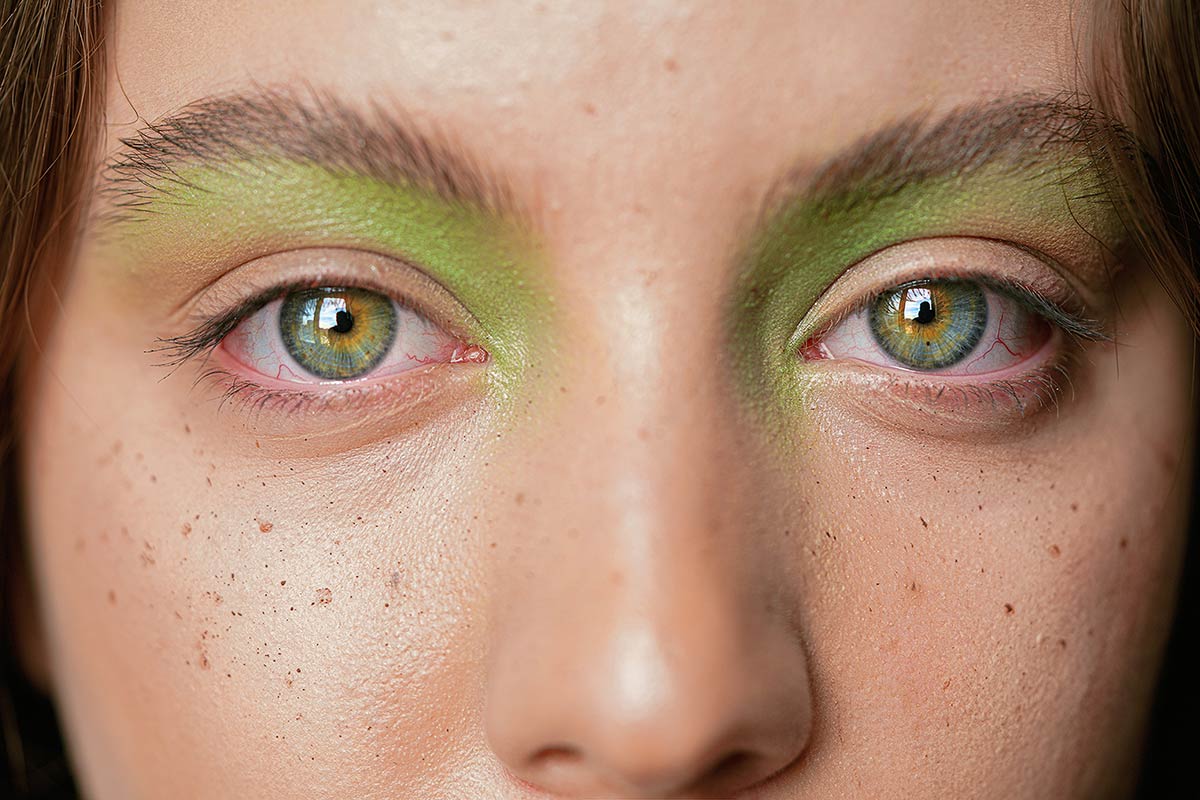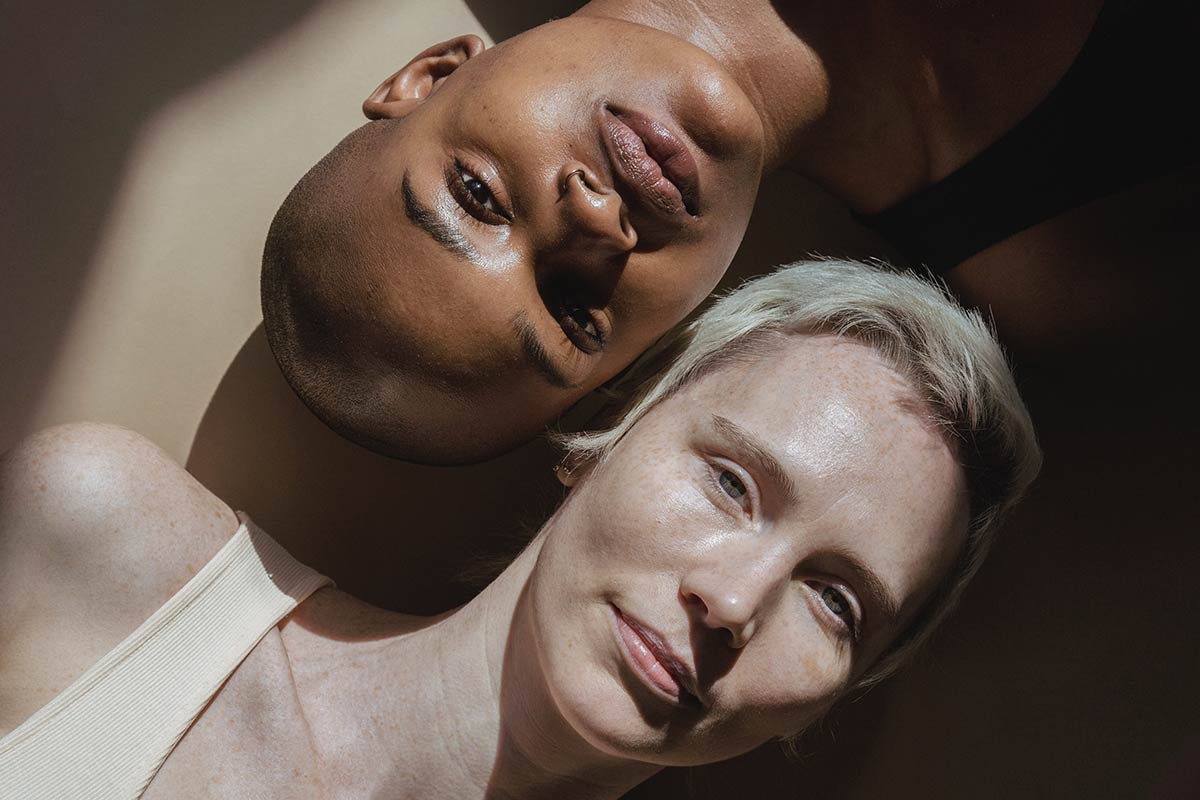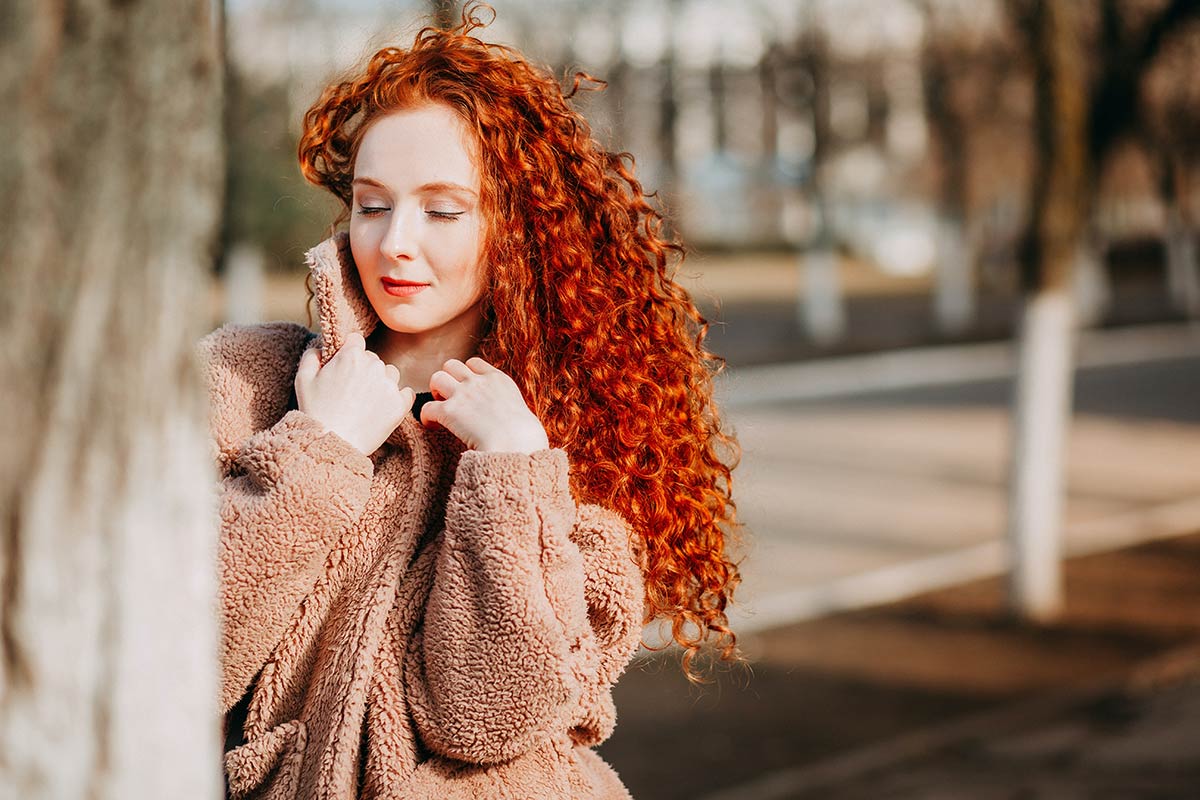
Eyebrow microblading is the perfect technique for anyone who wants to enhance their brows. Whether you want to add shape, definition, or volume, eyebrow microblading can help without the need for shaping and filling your brows regularly. Choosing a color for microblading will help you achieve your desired goal from the method-whether you want subtle or more dramatic eyebrows.
Determine Your Skin Type

Eyebrows can make a drastic difference to your face. Black brows paired with blonde hair or light brown brows with black hair will look odd and unnatural, so ensure the eyebrow microblading pigment matches your skin tone.
This brings us to a pertinent question: how do you determine your skin type? The Fitzpatrick scale is a popular method experts use to establish the perfect eyebrow color for a person’s skin tone. The scale has different combinations of skin color, eye color, and hair color, which ultimately dictates a suitable eyebrow shade that looks natural.
|
Skin Color |
Hair Color |
Eye Color |
Sun Reaction |
Eyebrow Pigment |
|
|
Type 1 |
Very light, pale |
Red or Blonde |
Green |
Burns never tans |
Cool colors |
|
Type 2 |
Fair |
Red |
Blue or green |
Burns, rarely tans |
Ash-based color |
|
Type 3 |
Medium, Olive |
Brown |
Hazel, green, blue, or brown |
Burns slowly, tans |
Warm colors |
|
Type 4 |
Brown |
Dark brown |
Hazel, green or brown |
Burns slowly, tans quickly |
Ash brown |
|
Type 5 |
Dark brown |
Dark brown or black |
Brown or dark brown |
Burns rarely |
Dark brown |
|
Type 6 |
Very dark brown or Black |
Black |
Dark brown or black |
Never burns |
Dark brown |
Determine Your Undertone
Deciding on a suitable eyebrow color means considering not just your skin color but also your undertone. The undertone is the subtle hue naturally occurring under the skin’s surface. People can be fair but have a warmer undertone, and vice versa.
There are three primary undertones:
-
Warm:
- This undertone has peachy, yellow, and golden tones with sallow skin
-
Cool:
- This undertone has blue, red, or pinkish hues
-
Neutral:
- A combination of warm and cold undertones, almost the same as the skin color
Hold a white piece of paper against your skin to find out your undertone. You have a warm undertone if the skin appears more yellow against the white. If it appears pinkish, you have a cool undertone. You most likely have a neutral undertone if you don’t see any undertone.
Warmer undertones would generally pair better with a slightly darker brown eyebrow color, while cooler undertones look better with a light brown eyebrow color. Neutral undertones will have to rely entirely on hair and skin color. Please note that more than these are needed to decipher the suitable pigment for eyebrow microblading.
Determine Your Hair Color

After establishing your skin type and undertone, look at your hair color to decide on an eyebrow color for microblading. Too much contrast between the eyebrow and hair color looks unappealing, so ensure the overall look is natural and coherent.
As a general rule, blondes should have eyebrows one or two shades darker than your hair, while brunettes should ideally have eyebrows one or two shades lighter than their color. People with red hair can consider shades of brown for their eyebrows, while people with black hair should opt for dark brown instead of black for a less harsh, softer look.
How to Choose a Color for Eyebrow Microblading
When you opt for eyebrow microblading, you should consider your ultimate goal and choose a pigment accordingly. Lighter shades generally create a softer look, while darker brows are more assertive. But this shouldn’t be the only way to determine the correct eyebrow microblading pigment.
When searching for an "eyebrow microblading expert near me" online, make sure the technician knows how to analyze your face, listens to what you expect from the treatment, and then picks a pigment to achieve the best results. Considering your skin type, hair color, eye color, and undertone will ensure that your microblading expert implants a pigment that looks natural and perfectly harmonious with your face.